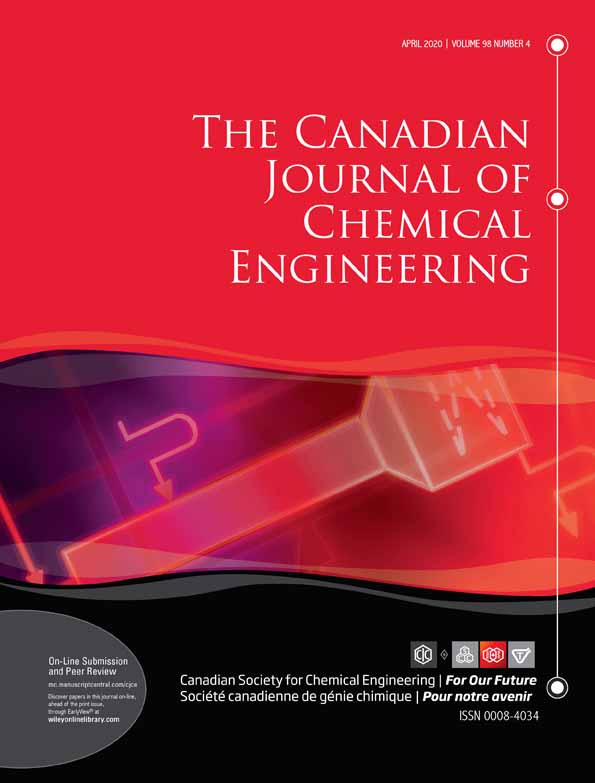Modelling of solid formation by heterogeneous reactions through a multicomponent transport model of diluted ionic species: Simulation of barite fouling in a geothermal heat exchanger
Funding information: GIS GEODENERGIES
Abstract
A general model is proposed in order to describe the growth of a deposit by heterogeneous reactions. The hydrodynamics in the fluid is described by a multicomponent transport model for ionic species diluted in a solvent and heat transfer is taken into account in both liquid and solid domains. The boundary condition at the interface where the reaction takes place is described thoroughly. It involves the reaction kinetics and gives access to the velocity of the interface, ie, the mass rate of the solid deposit. The model is then applied to the case of barite crystallization in a heat exchanger. The liquid phase is therefore composed of two ionic species Ba2+ and SO42− diluted in water. The solid phase is modelled as a homogeneous barite deposit. The fully dynamic CFD simulation of the model is made using Comsol Multiphysics, in a cylindrical pipe. The solid growth is analyzed over time and space in terms of the relevant variables of the model.




